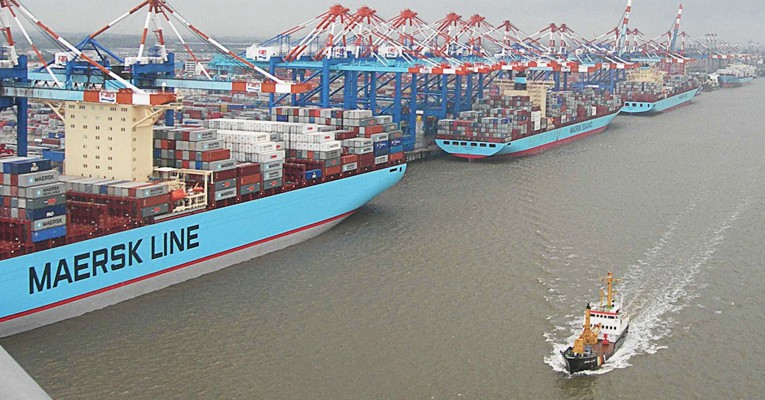Maersk owns and operates about 8% of the major commercial cargo terminals in the world and has been assessing electrififying shipping ports, under the auspices of their director of global decarbonization, Sahar Rashidbeigi. Shipping is one of the dirtiest activity. Cruise ships are some of the world’s worst garbage cans. While changing to renewable energy will reduce shipping tonnage by over 50%, freight will continue to rise.
Maerst has a fleet of around 740 ships and uses 343 ports and terminals in 121 countries. On average, a Maersk container ship calls a port every six minutes – somewhere in the world.
A podcast on Redefing Energy in November with Michael Barnards interview with Sahar.
Electrifying Shipping Ports Vehicles
A Maersk APM Terminals study shows the total cost of ownership is about 15%-30% more expensive than diesel. Hydrogen is more than 50 to 80%, all due to the cost of equipment. Energy costs are 50% to 75% lower. Explore more in the paper and in the podcast.

- Over 800 big container ports around the world.
- Over 100,000 to 120,000 container handling equipment (CHE), tethered and untethered.
- CHE moves 800 million containers
- Greenhouse emissions exceed 10 to 15 mt pa
- Freight value is over US$8 trillion annually.
- Tugs and fuel supply systems, helping ships dock, port pilots get to and from ships, and get fuel into ships.
CHE vehicle costs will fall as batteries become less expensive.










